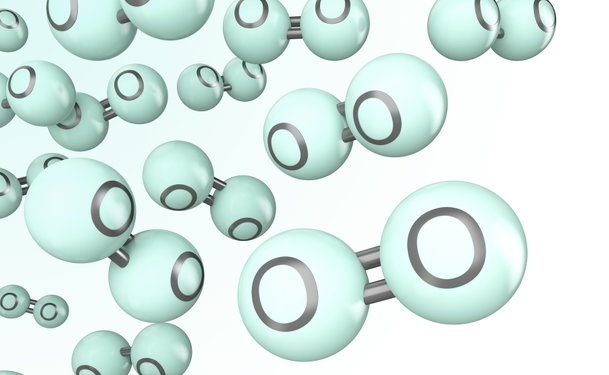Hyperbaric oxygen treatment, or hyperbaric oxygen therapy (HBOT), involves breathing 100 percent oxygen at increased atmospheric pressures to increase the amount of oxygen (oxygen tension) delivered to the body tissues.
Normal atmospheric air contains approximately 21 percent of oxygen at 14 to 15 pounds per square inch. In hyperbaric oxygen treatment, the patient breathes in pure oxygen at atmospheric pressures up to six times the norm. Breathing pure oxygen causes the hemoglobin (proteins in the red blood cells that transport oxygen) to become fully saturated. In addition, the increased atmospheric pressure causes more oxygen to be dissolved in the plasma, further increasing the oxygen content of the blood.
Uses and Benefits for Hyperbaric Oxygen treatment
HBOT is used for a variety of conditions. It is used for treating decompression sickness (in deep-sea divers), carbon monoxide poisoning, necrotizing soft tissue infections, osteoradionecrosis, crush injuries and compartment syndromes. It is also used to enhance wound healing and improve the survival of skin flaps or grafts used in reconstructive surgery.
HBOT works for different conditions in different ways. In decompression sickness, the increased oxygen tension decreases the size of the nitrogen bubbles in the blood vessels. Increasing the oxygen tension displaces the carbon monoxide bound to hemoglobin in carbon monoxide poisoning.
HBOT is beneficial in necrotizing soft tissue infections because, aside from the fact that oxygen is directly toxic to anaerobic bacteria, it relieves tissue hypoxia (lack of oxygen) and improves white blood cell function (because oxygen is directly toxic to anaerobic bacteria).
There is some evidence that hyperbaric oxygen treatment may also improve the action of certain antibiotics.
In crush injuries (those characterized by a sudden loss of blood flow, resulting in local ischemia, followed by edema), HBOT is able to decrease the edema by inducing a reduction in blood flow. Increased oxygen tension also promotes angiogenesis, the growth of new blood vessels. This makes HBOT beneficial in the treatment of non-healing wounds and in improving the survival of skin flaps and grafts by relieving local tissue hypoxia and increasing the blood supply to the tissues.
The Procedure
HBOT involves the use of a special chamber in which a patient can sit or lie down. The whole chamber is pressurized to greater than normal atmospheric pressures (up to six times) while pure oxygen is being given through a mask or nasal cannula. Depending on the number of patients a hyperbaric chamber can accommodate, it can be classified as either multi-place (designed for several people) or mono-place (designed for one person).
For chronic conditions, therapy may be repeated over the course of a few days or weeks. For acute conditions, such as decompression sickness, the treatment may be given in one prolonged session but may not be repeated unless necessary.
Precautions
Since HBOT involves the use of increased pressures, it can result in a condition known as barotrauma. This can occur in the ears, lungs or sinuses. Too much oxygen may also lead to oxygen toxicity, a condition that can manifest as seizures.


